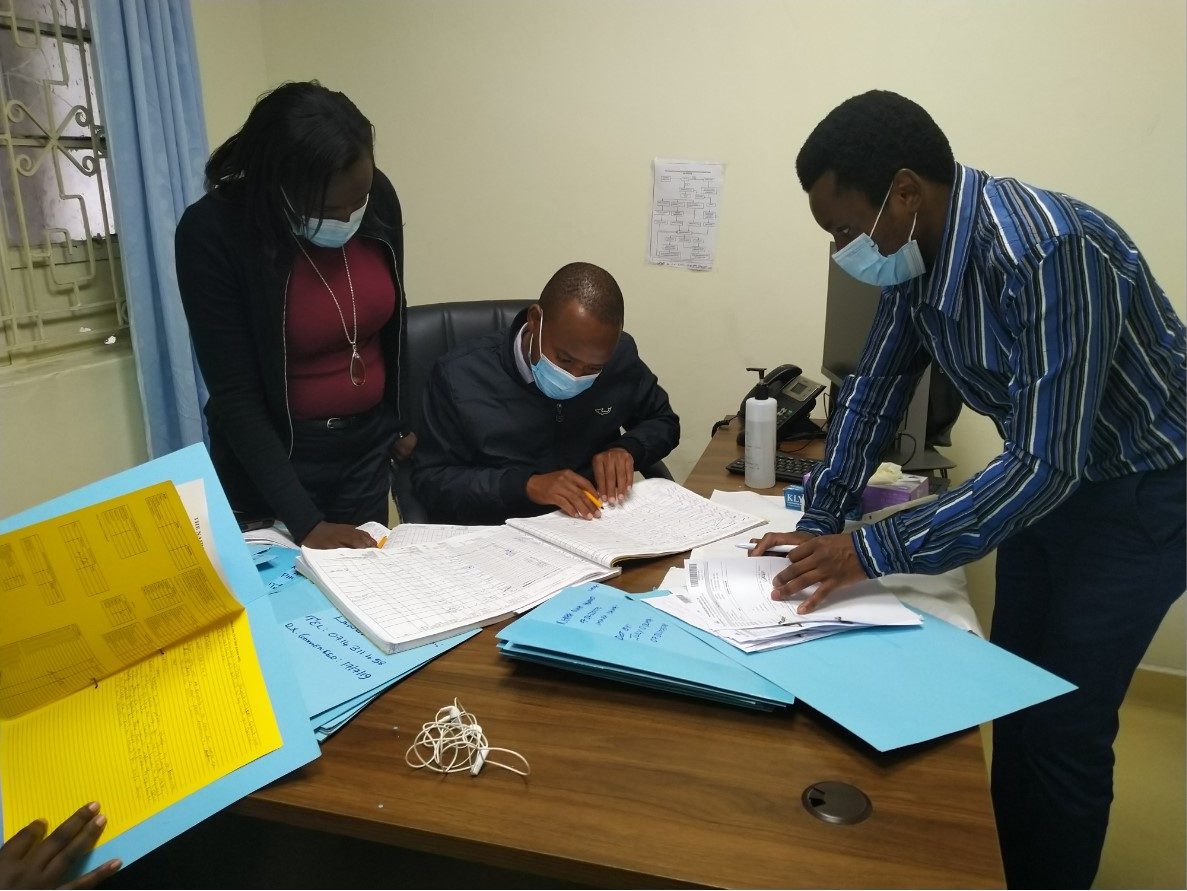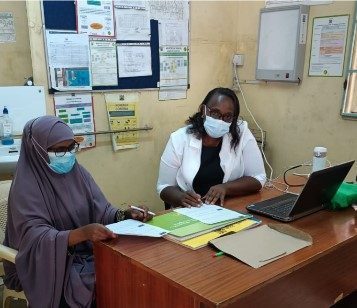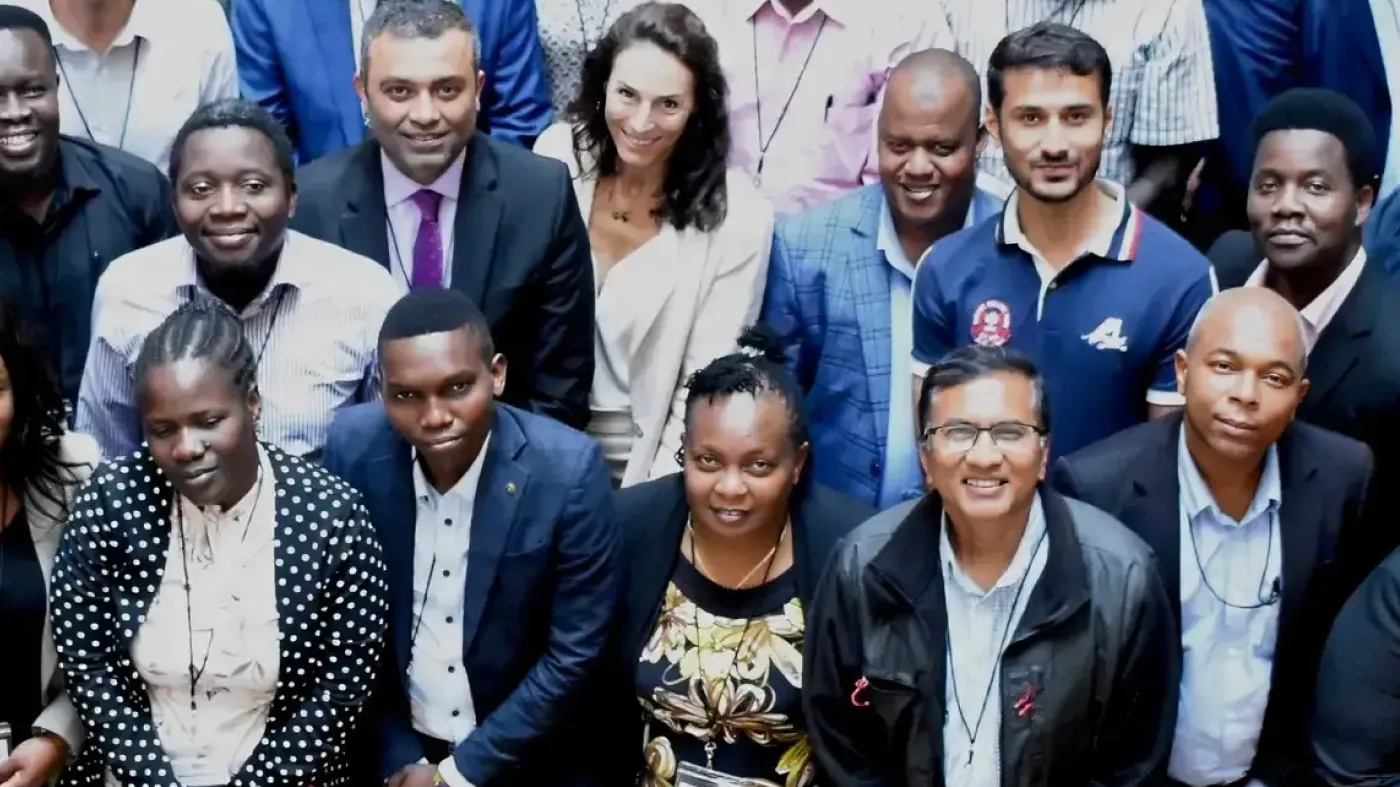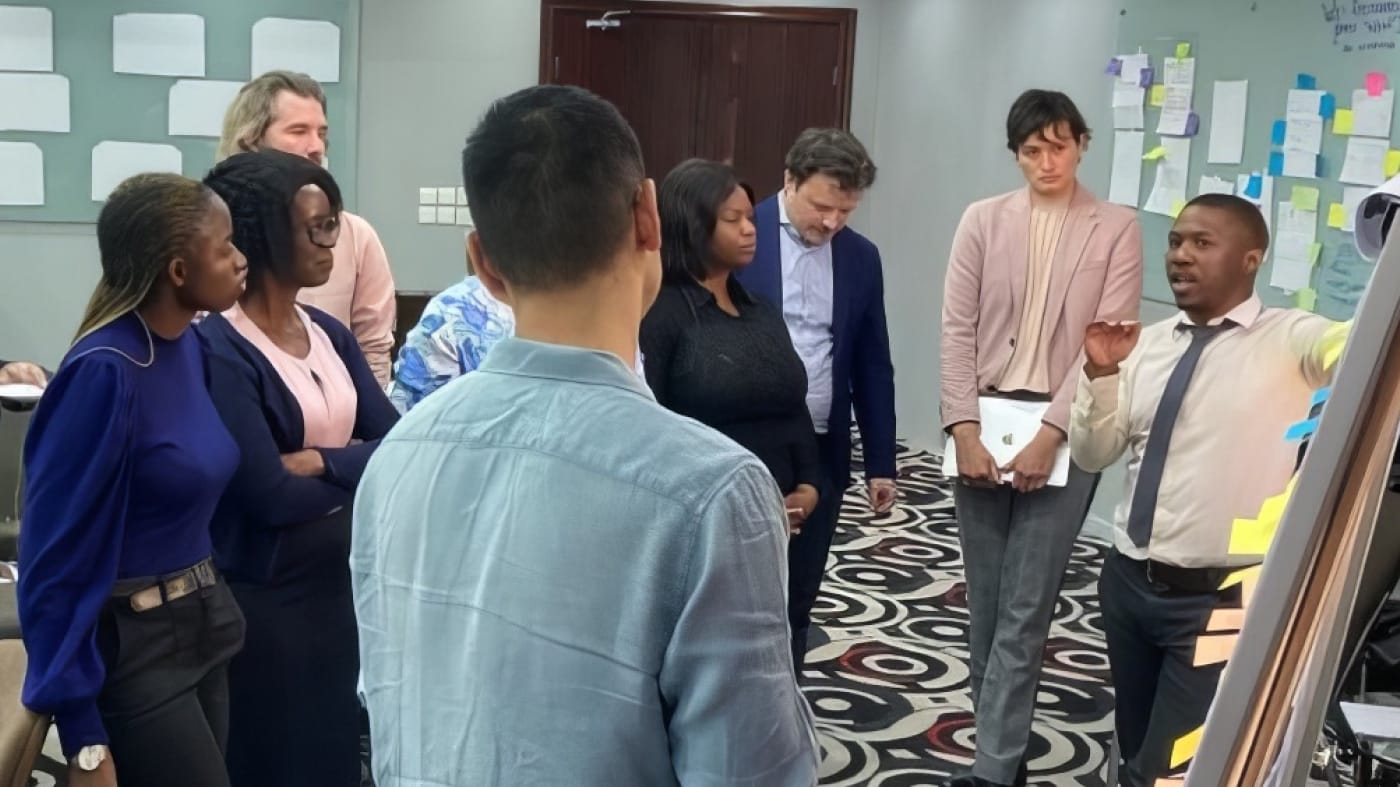Download All Country Data
The COVID-19 pandemic has caused enormous disruptions to essential health services. As of April 2021—more than one year into the pandemic—about 90 percent of countries reported continued disruptions to essential services. A survey of people in 19 African Union Member States found that 42 percent of households have missed health care services since the start of the pandemic. For people suffering from chronic disease and other diseases that require continual treatment, difficulty accessing routine health services can have serious consequences.
Multiple factors play a role in health service disruption. Responding to a public health crisis strains the operating capacity of health care centers. Travel restrictions, as well as stigmatization of health care facilities due to fear of infection, might discourage people from seeking care. Supply chains for health commodities such as adequate personal protective equipment can collapse altogether.
Studies of the West African Ebola virus epidemic have shown that patient services for tuberculosis (TB) and human immunodeficiency virus (HIV), both of which require continual treatment, were vulnerable to such disruptions. In Liberia, these effects resulted in lower rates of treatment for TB patients and reduced HIV testing capacity.
Drawing up the Study
In Kenya, early on in the pandemic, a coalition of researchers (see box below) began tracking and reporting on data from the routine monitoring and evaluation systems for TB and HIV services. Health officials use these systems to monitor changes in case detection, diagnosis and treatment for TB, as well as changes in the number of people tested for HIV or the number of HIV-positive people referred to antiretroviral therapy (ART). Normally, these systems are monitored and analyzed every three months; in light of the challenges posed by COVID-19, the researchers provided monthly reports to 18 selected treatment centers in Nairobi Kenya from March 2020 to February 2021. By supporting selected treatment centers to undertake real-time surveillance of essential services, the researchers hoped to give the centers timely and complete data to respond more quickly and effectively to the pandemic’s adverse impacts. Specifically, decreases in TB cases, diagnoses and treatments, as well as decreases in the number of people getting tested for HIV or HIV-positive people being referred for ART, could signal breakdowns in care.
For its analysis, the group selected 18 health care facilities in Nairobi, Kenya’s capital, from March 2020 to February 2021, and assessed the impact of COVID-19 on TB and HIV services, using the following data:
- The number of reported COVID-19 cases and deaths, as well as month-to-month changes
- Specific TB and HIV-related service data,
- A comparison of the findings with pre-COVID data (March 2019-February 2020).
The data were run through a mobile application called EpiCollect5, checked and validated by an officer from The Union and then presented to the heads of NTLD-P, NASCOP, the selected health care facilities and the TB and HIV program directors at each facility.

Data collectors analyze data on TB and HIV services in Kenya
Interpreting the results for real-time program improvements
Through the monthly stream of data each health care facility received, each was able to assess in real-time the strength of its programs. The monthly surveillance illustrated, for example, that both the number of people with presumptive TB symptoms and the number of people getting tested for HIV were down precipitously in the early days of the pandemic. This signaled that people were not accessing necessary care.
In collaboration with the heads of the TB and HIV control programs, each facility could in turn decide how to adapt care to the challenges of healthcare during the pandemic. In the case of HIV, adaptive measures included community outreach services, such as ART deliveries, and the use of community health volunteers to reach people who might not know their status. Regarding TB, measures included self-testing, active case finding, contact tracing, integrated screening and ensuring as many people as possible were evaluated for end-of-treatment outcomes. These on-the-ground program adaptations ultimately helped improve case detection and treatment outcomes.
Encouragingly, the researchers found that:
- The number of people with presumptive TB symptoms increased by 58% in the second six months of the study.
- HIV testing improved in the second six months of the study period; from August 2020 to November 2020, the number of people who received tests increased by 23%.
The full extent to which the monthly stream of data directly caused the program adaptations is not clear; however, it can be inferred that officials chose interventions based at least in part on available data. Although the use of real-time operational research can be expensive, its use during an epidemic can provide an invaluable source of data.
Irene Mbithi, the study’s Kenya country coordinator, said: “Through our study, we found that real-time research can provide facilities with useful evidence to act in real-time to respond to the challenges posed by a public health crisis.”
The full study, “Assessing the Real-Time Impact of COVID-19 on TB and HIV Services: The Experience and Response from Selected Health Facilities in Nairobi, Kenya, was published in Tropical Medicine and Infectious Disease. Access a PDF version of the full study here.

The researchers’ real-time surveillance helped give treatment centers timely data to respond more quickly to COVID-19






